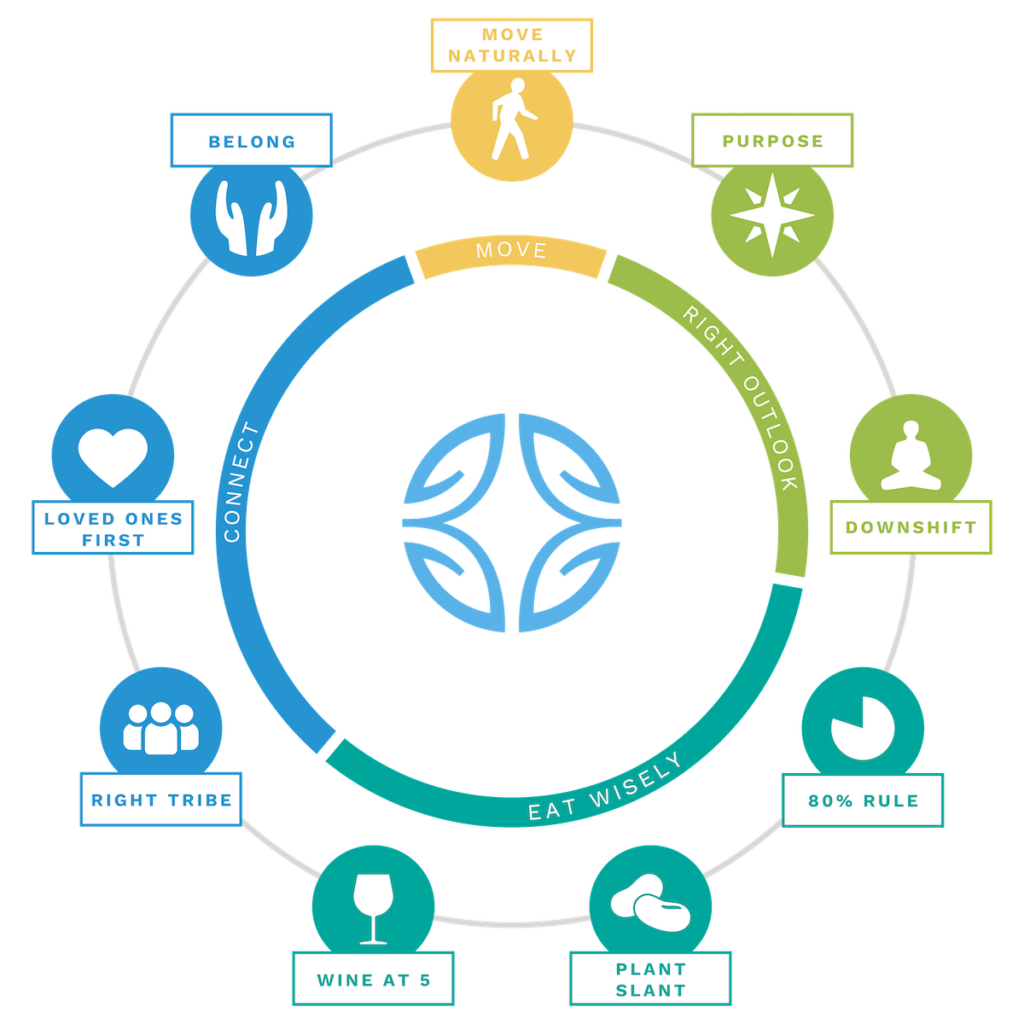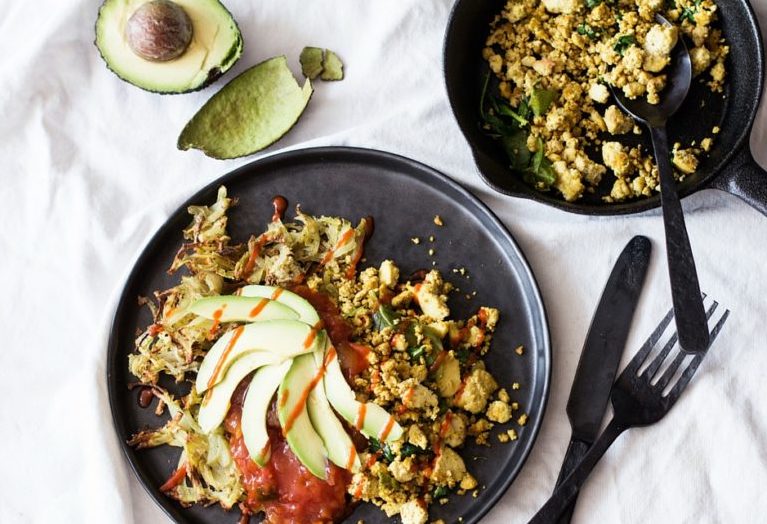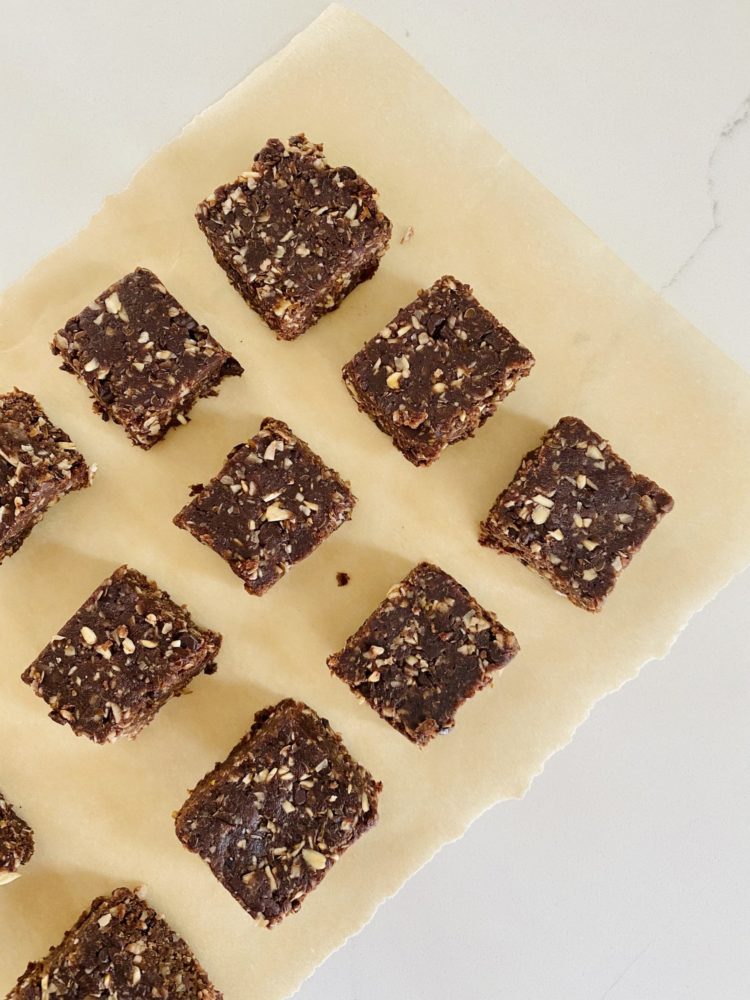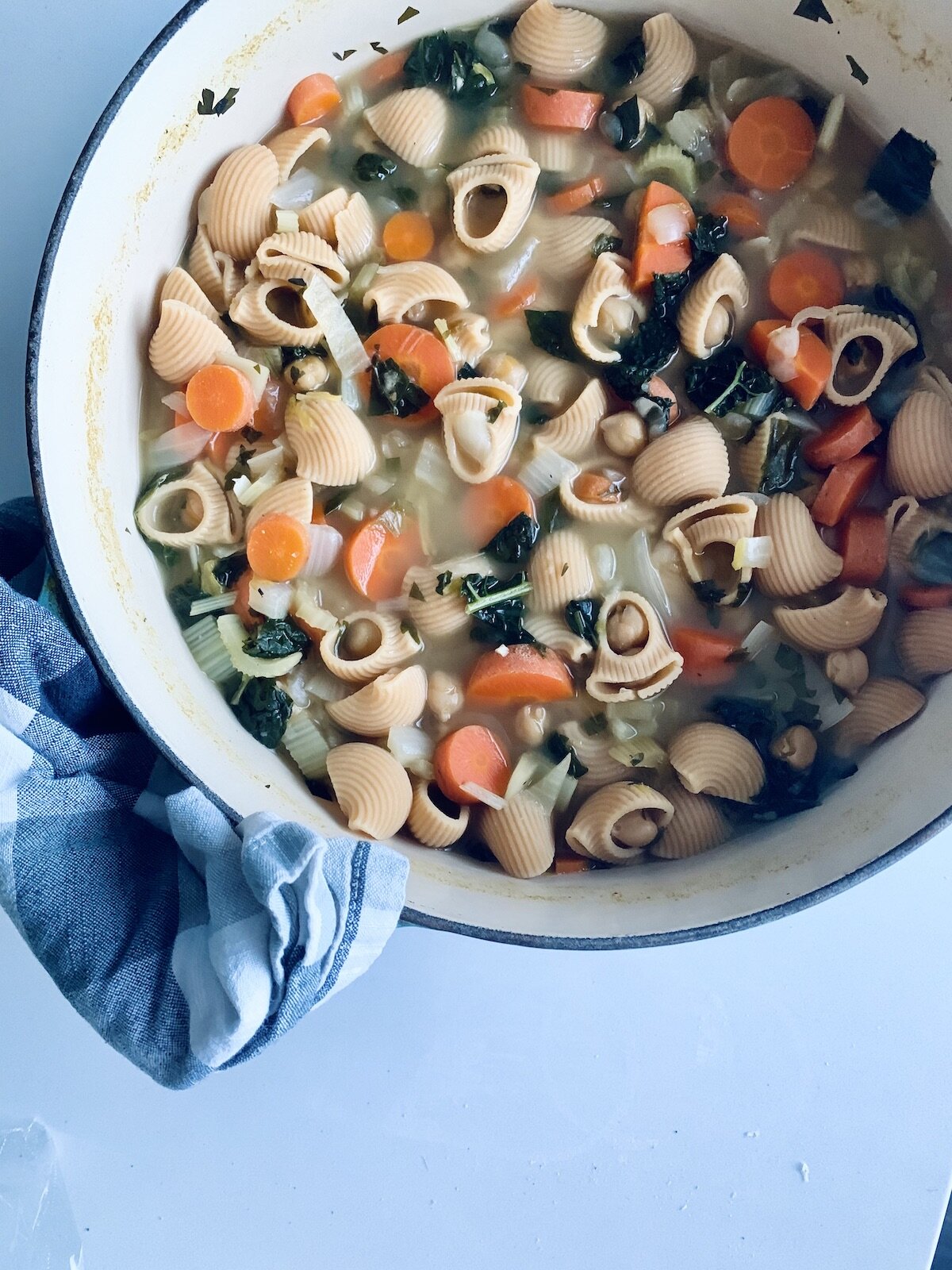In our quest for longevity and good health, we often find ourselves searching for the key to unlocking the secrets of those who seem to have discovered the fountain of youth. Enter the concept of Blue Zones. What are Blue Zones, exactly? They are regions around the world where people not only live longer lives but also enjoy a remarkable level of physical and mental well-being. These areas, scattered across the globe, have attracted attention from researchers and health enthusiasts alike, who strive to understand and emulate the lifestyle habits that contribute to the remarkable vitality of their inhabitants. I am a long-time fan of the Blue Zones concept, having worked with them on various projects over the years. In this article, we will explore what Blue Zones are and delve into the secrets behind the lives of the healthiest people in the world, including the key pieces of wisdom that you can apply for yourself to start living a healthier life.
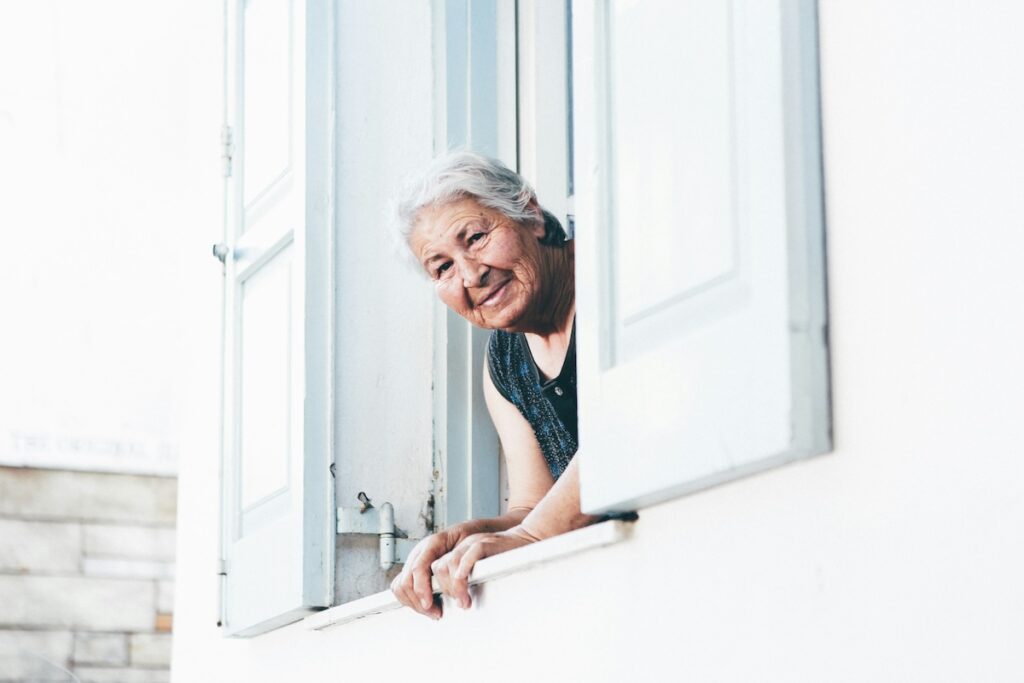
What are Blue Zones?
Blue Zones are regions in the world where people live the longest, healthiest lives. The concept originated from Dan Buettner’s, the founder of Blue Zones, extensive research into regions around the world where people lived exceptionally long and healthy lives. As a National Geographic Fellow, Buettner traveled to various regions and studied their lifestyles, habits, and environment. These areas have been identified as Okinawa, Japan; Sardinia, Italy; Nicoya, Costa Rica; Ikaria, Greece; and Loma Linda, California. Through studying these extraordinary cultures of longevity, Buettner and his team have distilled their lessons for living long, vibrant lives into nine simple practices.
Check out all of their books and cookbooks aimed at helping you live like the people of the Blue Zones.
The Blue Zones Netflix Series
Although the Blue Zones research has been around since the early 2000’s, they’ve recently gained widespread attention through the new Netflix series called “Live To 100: Secrets of the Blue Zones,” which explores the lives of the people living in these regions. The series delves into their daily routines, diets, social connections, and overall way of life, providing a fascinating insight into the habits and practices that contribute to their longevity and well-being. If you haven’t tuned in, I highly suggest this series! It’s equally entertaining and inspiring.
The Blue Zones Project
This research has also morphed into a project aimed at recreating blue zones in existing cities and communities. The first successful implementation was in Albert Lea, Minnesota. Changes were made to the local environment, public policies, and social networks, which had a significant impact on the health and well-being of the residents.
Following the success in Albert Lea, the Blue Zones Project expanded to other communities, working with local leaders, businesses, and organizations to implement sustainable changes that support healthier lifestyles. Today, millions of Americans have been reached by the Blue Zones Project, with its insights and practices inspiring and guiding individuals towards adopting habits that promote longevity and well-being.
Where are the Blue Zones?
The five original Blue Zones were identified as Okinawa, Japan; Sardinia, Italy; Nicoya, Costa Rica; Ikaria, Greece; and Loma Linda, California. Here’s a little more about each region.
Ikaria, Greece
People on this tiny Aegean island experience lower rates of cancer, heart disease, and dementia. The Ikarians follow a variation of the Mediterranean diet, consuming lots of fruits and vegetables, whole grains, beans, potatoes, and olive oil. Additionally, they practice the tradition of downshifting with a midafternoon break, often taking naps regularly. This lifestyle, combined with their diet and social connections, contributes to their longevity and overall health.
Okinawa, Japan
Okinawa, Japan is considered a Blue Zone due to the high number of women centenarians living in the region. The residents of Okinawa follow a predominantly plant-based diet rich in soy, practice the concept of “Hara hachi bu” (stop eating when 80% full), and have a strong sense of purpose known as “Ikigai.” Additionally, social cohesion is high in Okinawa, with residents forming close-knit groups called “moai” that provide support and belongingness throughout life. These lifestyle factors, combined with low stress levels and regular physical activity, contribute to the longevity and good health of the people.
Sardinia, Italy
The residents of Sardinia follow a plant-based diet consisting of whole-grain bread, beans, garden vegetables, and fruits, with meat being reserved for special occasions. They also engage in natural movement through activities like walking long distances daily, which contributes to their cardiovascular health and overall well-being. The strong social networks in Sardinia, like the moais created by the Okinawans, promote healthy behaviors and support longevity. Additionally, moderate wine consumption and traditional practices like daily squats and eating peasant foods like minestrone soup contribute to the exceptional longevity observed in Sardinia.
Loma Linda, California
Loma Linda, California is considered a Blue Zone due to the longevity and health of its Seventh-day Adventist community. The residents of Loma Linda follow a predominantly vegan diet rich in leafy greens, nuts, and legumes, with moderate consumption of dairy, eggs, and fish. They also avoid smoking and drinking, prioritize rest on the Sabbath, and engage in an active lifestyle. These lifestyle factors, combined with a strong sense of community and faith, contribute to the overall health and longevity of the population in Loma Linda.
Nicoya, Costa Rica
The Costa Rican region’s warm and sunny climate, along with its isolation from the rest of the world, has created a close-knit community where people rely on each other for support. Additionally, the country’s generous healthcare system and the low stress levels of its inhabitants contribute to their longevity. The residents of Nicoya also follow a predominantly plant-based diet, engage in regular physical activity, and place a high value on social engagement and family, all of which are key factors in promoting healthy aging and longevity. I have a special place in my heart for this one because I have visited many times.
What Makes Blue Zones So Unique?
What sets Blue Zones apart from the rest of the world isn’t just that people live longer—it’s how they live. These regions naturally foster longevity through a unique combination of culture, environment, and mindset that’s deeply woven into everyday life.
Here are a few distinguishing factors:
- Cultural Attitudes Toward Aging: In Blue Zones, aging is seen as a respected, natural part of life. Elders remain active and socially integrated, often living with or near family and playing key roles in their communities.
- Low Reliance on Technology: Many residents live in environments with limited screen time and minimal reliance on modern conveniences, which leads to more natural movement, better sleep, and stronger face-to-face relationships.
- Food is Medicine (and Celebration): Meals are cooked from scratch, eaten slowly, and often shared with others. This connection to food as both nourishment and tradition is a stark contrast to fast-paced, convenience-focused eating patterns in modern society.
- Environment Supports Health by Default: From walkable towns to gardens and daily rituals that promote movement and mindfulness, people in Blue Zones don’t go to the gym—they live their wellness habits.
Understanding what Blue Zones are means recognizing that these regions thrive not because of one magic secret—but because every part of life supports health naturally, consistently, and joyfully.
9 Secrets To Longevity From The Blue Zones
As I mentioned, nine common threads were identified across all Blue Zones that likely contribute to the health and longevity of the people. Here are those nine pieces of wisdom, plus ideas for how you can apply each one in your own life.
Move Naturally
The longest-lived people incorporate natural movement throughout their daily lives, which helps to keep their bodies active and strong. Physical activity is not a chore or something that is scheduled into their day. Instead, it is ingrained in their daily routines. They walk long distances to go about their daily activities, such as going to work, visiting friends, or running errands. They work in their gardens and move around their homes, baking bread and tending to other tasks. This constant movement helps to keep their cardiovascular system healthy and their muscles strong.
How To Apply It
If you want to incorporate this principle into your own life, try finding ways to incorporate natural movement into your daily routine. Commute on foot or bike when you can. Take the stairs instead of the elevator. Forgo modern conveniences like a riding lawn mower in favor of more labor-intensive options. These simple habits can add up and make a big difference in your overall health.
Another way to incorporate natural movement is by participating in activities that you enjoy. Find a physical activity that brings you joy, whether it’s hiking, dancing, gardening, or playing a sport. By engaging in activities that you love, you are more likely to stick with them. If you want more help finding exercise you actually like to do, read this post!
Find Your Purpose
People in the Blue Zones also have a strong sense of purpose and meaning in their lives. Finding your purpose is about connecting with something that gives you a sense of fulfillment and drives you to live with passion and enthusiasm. It could be a hobby, a profession, your family, or a cause that you deeply care about.
In the Blue Zones, people often have a strong sense of community and a shared purpose. They engage in activities that allow them to contribute to the well-being of others and make a positive impact on their community. This sense of purpose not only brings joy and fulfillment but also provides a sense of belonging and connection.
How To Apply It
So how can you find your purpose? Start by reflecting on what truly brings you joy and fulfillment. What activities make you lose track of time? What are you passionate about? It could be something as simple as spending time with loved ones, volunteering, or pursuing a creative outlet.
Once you have identified your passion, find ways to incorporate it into your life. This could mean joining a community group or organization that aligns with your interests, volunteering your time and skills, or even starting your own initiative. If you’re unsure about your purpose, defining your core values can help immensely. Listen to this short podcast episode on how to define your core values, step-by-step.
Downshift
In the Blue Zones, people live at a slower pace and prioritize their well-being over material possessions and constant busyness. They value quality time with loved ones, relaxation, and self-care. This intentional downshifting allows them to reduce stress levels and maintain a more balanced and fulfilling lifestyle.
How To Apply It
To incorporate downshifting into your own life, start by evaluating your priorities and identifying areas where you can simplify and slow down. This might involve decluttering your living space, saying no to unnecessary commitments, or setting boundaries on your time and energy.
Make time for activities that promote relaxation and self-care, such as reading, practicing mindfulness or meditation, spending time in nature, or taking regular breaks from technology. By intentionally creating space for rest and rejuvenation, you can reduce stress and enhance your overall well-being. This post has 5 simple mindfulness practices you can try.
The 80% Rule
Another important aspect of the Blue Zones lifestyle is the 80% rule. Instead of overriding fullness cues and eating until we feel stuffed, the 80% rule advises us to stop eating when we are 80% full.
In Blue Zones, people adopt a more mindful approach to eating, paying attention to their hunger and satiety cues. They savor their meals, take their time to chew their food thoroughly, and listen to their bodies to determine when they have had enough. This practice not only prevents eating past the point of comfortable fulness but also allows for better digestion and nutrient absorption.
How To Apply It
To apply the 80% rule in your own life, learn to tune in to your hunger and fullness cues. Pause in between bites and listen to your body’s signals of satisfaction. It can be helpful to eat slowly, engage in conversation, and enjoy the flavors and textures of your food.
I have a lot of resources to help you with this! First, check out this two posts to learn how to tune in to your hunger cues and your fullness cues. Then, try one of these very simple and realistic mindful eating strategies to help you savor and enjoy your food more.
The Power of Eating a Plant-Based Diet
Another key aspect of the Blue Zones lifestyle is the emphasis on eating a plant-based diet. Blue Zones communities predominantly consume a variety of whole, plant-based foods like fruits, vegetables, whole grains, legumes, nuts, and seeds.
A plant-based diet is rich in fiber, antioxidants, vitamins, and minerals, providing the body with essential nutrients for optimal health. Numerous studies have shown that plant-based diets can lower the risk of chronic diseases like heart disease, diabetes, and certain types of cancer. Learn about all the benefits of plant-based eating for women here!
Do Blue Zones eat meat?
While the emphasis in Blue Zones is on a roughly 95% plant-based diet, it is important to note that not all Blue Zones completely eliminate meat from their diet. Their approach to meat consumption aligns with the overall principle of moderation. They enjoy it in very small, infrequent portions. The goal is to prioritize whole, plant-based foods while enjoying meat occasionally and in smaller portions.
How To Apply It
If your goal is to apply this Blue Zones pillar, you’ve come to the right place! Start with my tried-and-true 3-step plan for getting started with eating plant-based. Then, grab my free checklist – The First 5 Things To Do When You Go Plant-based.
Alcohol in Moderation
In addition to eating a 95% plant-based diet, another lifestyle factor that is commonly observed in Blue Zones is moderate alcohol consumption. While it may seem surprising, studies have shown that moderate alcohol intake, particularly in the form of red wine, is associated with longevity and a reduced risk of heart disease.
In areas like Sardinia, Italy, and Ikaria, Greece, moderate alcohol consumption is a cultural norm and often accompanies meals or social gatherings. The key here is moderation. Blue Zoners typically limit themselves to one or two glasses of wine per day, with a focus on quality rather than quantity.
Red wine, in particular, is believed to have beneficial health effects due to its high content of antioxidants such as resveratrol. These antioxidants help protect the body against inflammation and oxidative stress, which can contribute to the development of chronic diseases. This one is controversial because at the end of the day, alcohol is still a toxin, and there are arguably healthier ways to get the benefits of resveratrol.
How To Apply It
If you don’t drink, this isn’t a reason to start! As I mentioned, you can enjoy the benefits of resveratrol from foods like grapes, peanuts, cocoa, and berries. If you choose to consume alcohol, it’s essential to do so responsibly and with mindfulness. Stick to the recommended guidelines of one to two glasses of wine per day for women, and one to three glasses for men.
Faith and Community
Faith plays a significant role in the lives of people living in Blue Zones. Many of these communities are religious or spiritual, with strong ties to their faith traditions. Studies have shown that being part of a faith-based community is associated with lower risk of death, possibly due to the social support and reduced rates of depression that come with it. Being part of a faith-based community provides individuals in Blue Zones with a sense of belonging and purpose. It offers social support, which is crucial for overall well-being and longevity. The regular interactions within these communities foster strong relationships, creating a support system that extends beyond family and friends.
Attending religious or spiritual gatherings also promotes a sense of connectedness and reduces feelings of isolation. It provides opportunities for individuals to engage in activities that contribute to their mental and emotional well-being. Praying, meditating, and participating in rituals or ceremonies can offer a sense of peace and inner calm, helping to reduce stress and improve overall quality of life.
How To Apply It
To apply this principle in your own life, consider exploring different faith-based or spiritual communities in your area. Attend religious services, meditation groups, or gatherings centered around shared values and beliefs. It doesn’t need to be religious in nature. Tending to your spiritual health in any way that allows you to connect with your own inner world and with others who who share similar values is enough. Engaging in activities that nurture your spiritual well-being can have a profound impact on your overall health and happiness.
Loved Ones First
In Blue Zones, family and loved ones come first. People in these regions prioritize spending time with their families and maintaining strong relationships with their loved ones. They often live in intergenerational homes. This emphasis on family and social connections is believed to contribute to the overall health and well-being of the residents.
Studies have shown that having close relationships and a strong support system can have numerous health benefits. It can reduce stress, increase happiness, and even extend lifespan. People who prioritize their relationships often have lower rates of chronic diseases and experience a higher quality of life.
How To Apply It
To live like the healthiest people in the world, make an effort to prioritize your relationships. Spend quality time with your family and loved ones, whether it’s through shared meals, outings, or simply engaging in meaningful conversations. Prioritize activities that allow you to connect and bond with those who are important to you.
Strong Social Networks
Blue Zones communities prioritize building and maintaining connections with others. Having a support system of friends, neighbors, and community members is crucial for the overall well-being and longevity.
Studies have shown that social support not only contributes to emotional well-being but also has significant physical health benefits. Being socially connected can lower stress levels, boost immune function, and decrease the risk of chronic diseases such as heart disease and depression.
How To Apply It
Like some of the other pillars, you can practice this one by prioritizing and nurturing meaningful relationships and connections in your own life. This is tricky for many of us. Modern life prioritizes individualism and breeds isolation. First, focus on the existing relationships that are most important to you. How can you deepen your connection with these people?
Next, consider forging some new connections. My favorite way to do this is to do something social related to my interests. I’ve met wonderful people in running clubs, cooking classes, and pottery workshops. This approach ensures that you have at least one shared interest! If you struggle with social anxiety, read this post about how to be yourself in social situations.
The True Vitality Test: Assessing Your Own Longevity Potential
Curious about your own longevity? The True Vitality Test is a tool developed by Dan Buettner and his team in collaboration with the University of Minnesota Public Health Department. Named the Best Online Tool for Retirement and Longevity by the Wall Street Journal, this innovative tool allows you to assess your own longevity potential based on the principles of the nine pillars we just walked through.
By answering lifestyle and background questions, the True Vitality Test calculates your biological age, overall life expectancy, healthy life expectancy, and the impact of your current habits on your longevity. It then provides users with 12 customized recommendations to help you live longer and better.
Taking the True Vitality Test initially as a baseline test and then implementing some of the recommended lifestyle changes can provide valuable insights into your health and potential for longevity. These recommendations may include reducing salt intake, joining a faith-based community, quitting smoking, improving attitude, and more. Give it a try and increase your longevity!
Want help eating like the blue zones?
Grab my Plant-based Meal Planning Guide! In it, I reveal my very best strategies for making plant-based meal planning as easy as possible.
